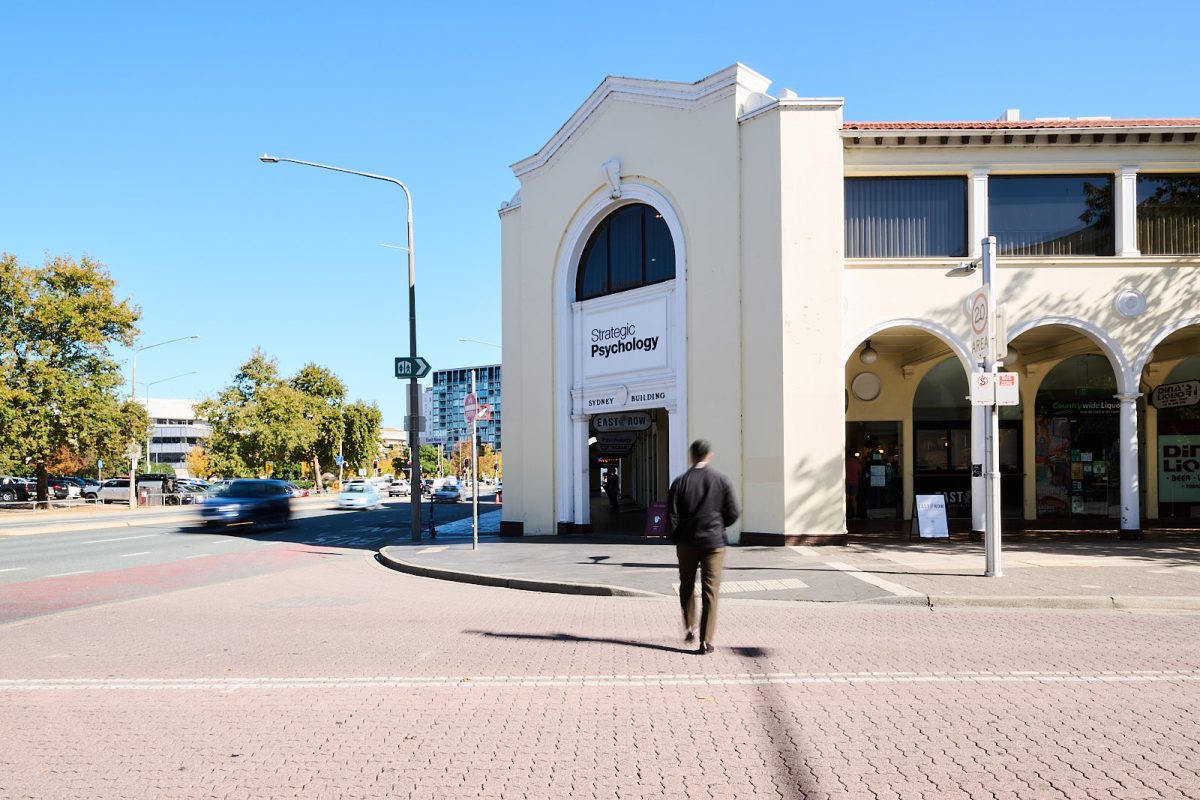
Markers of PTSD are numerous and diverse and can include anything from isolation to hypervigilance, difficulty concentrating, sleep difficulties, irritability, aggression and risky or destructive behaviour. Photo: File.
Post Traumatic Stress Disorder or PTSD is expected to occur in 20 per cent of people who experience traumas, so it’s not an outlier. Yet for most people, these terms conjure the Hollywood personification of the disorder – like the classic gunshot victim triggered by the backfire of a car.
For obvious reasons people in certain lines of work are at higher risk of exposure to the kinds of events that can lead to PTSD, but you don’t need to be a first responder or military officer to experience it. In fact, you don’t even need to have had a life-threatening incident yourself.
PTSD is caused by experiencing or witnessing a traumatic event that’s potentially life-threatening or involves serious injury. It can even occur when we learn someone close to us has experienced that event.
But not everyone confronts PTSD after trauma, according to Strategic Psychology psychologist Lisa Styles.
“We don’t necessarily know why two different people can be exposed to the same traumatic event, and one will have PTSD and one won’t. What we do know is that it’s about the way people appraise the traumatic incident,” she said.
“If they have a negative appraisal of the trauma, they may not be able to elaborate or contextualise it. It’s a maladjusted coping mechanism that inhibits recovery.”
At its core PTSD is the same flight or fight response we get when our minds perceive any threat. But when a person processes the trauma in a way that perpetuates the threat, it crosses the line from response to disorder.
This means people with PTSD typically cannot recall key features of their trauma, and have a sense that the world is a dangerous place.
This can manifest in several ways. One of the main signs is avoidance, particularly of external factors that trigger the response.
“For example, if a person is in a serious car accident, they might avoid driving or avoid the area where the accident happened or even people associated with the incident. They’re ultimately avoiding the feelings related to that trauma, and that perpetuates the disorder,” Ms Styles said.
“Other markers might include experiencing intrusion symptoms, such as unwanted, upsetting memories, nightmares and flashbacks from the incident. People with PTSD become emotionally distressed when they experience those reminders.
“It can also play out as an exaggerated or persistent sense of self-blame, decreased interest in doing things, isolation, hypervigilance, increased startle response, difficulty concentrating, sleep difficulties (particularly caused by nightmares), irritability, aggression, risky or destructive behaviour and generally struggling to enjoy things they used to enjoy.”

PTSD can have major negative impacts on people’s lives, but professionals can provide tools to help tackle the disorder. Photo: Strategic Psychology.
However it manifests, PTSD can have major negative impacts on people’s lives. Fortunately there are several modalities a professional can employ to help break the cycle.
Ms Styles uses cognitive behavioural therapy, which gives people tools to help themselves.
This method’s main element, exposure therapy, can include “imaginal exposure” where a client imagines and talks through the factors associated with the triggers they are avoiding.
“With gradual exposure to the avoidance subject, people can experience coping while exposed to it, and come to realise they do have the ability to cope,” Ms Styles says.
“We use an exposure hierarchy starting with the least feared trigger to the most feared.
“For example, if the trauma was a car accident, you might start by imagining getting into the car and starting the engine. And if driving to the scene of the accident is a 10 out of 10 on the avoidance scale, you work your way up to that.”
The other element, cognitive restructuring, requires deep trust between the client and psychologist.
“It’s important with PTSD treatment to build rapport with the client, make sure they’re comfortable with you and build a sense of trust before telling them ‘no you’re wrong, the world is a safe place’. And you don’t want to deny their experience of the world,” she says.
“We talk about their fears, and ask them ‘What does that mean to you? What’s the evidence to support that? Is there any evidence that doesn’t support it?’ We teach the client to notice when they are experiencing thoughts that are unhelpful. We help them to realise thoughts are just thoughts, and we don’t need to believe our unhelpful thoughts.”
Strategic Psychology clinicians focus on giving clients tools to maintain treatment gains as they phase the treatment out and develop a blueprint for future and relapse prevention.
For more information, contact Strategic Psychology.
Original Article published by Dione David on Riotact.





